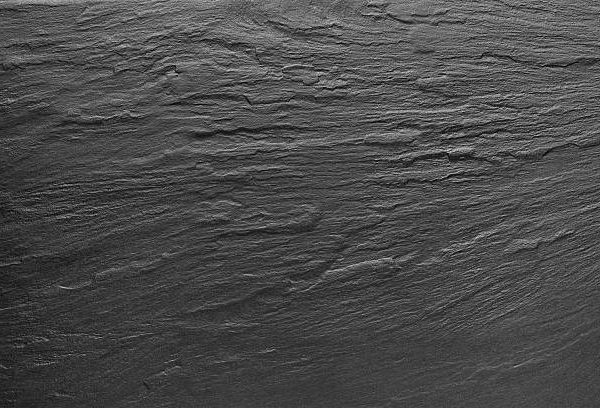Animal print

From Nagui to anthropology.
In October 2019, I happened to be listening to La Bande Originale, a radio broadcast hosted by Nagui. The guests were Cécile de France, actress and Fabienne Berthaud, director, for the movie Un monde plus grand.
This film is the cinematographic adaptation of an autobiographical story by Corine Sombrun, an ethnomusicologist. A fascinating story of nature and humans, where both intermingle and respond to each other with fluidity. As if these relationships were self-evident and have always been so.
Transes with wolves

Let’s look at the source of inspiration for the film. In the book Mon initiation chez les chamanes, Corine Sombrun narrates how she is called towards Mongolia and towards the Tsaatane people. Many chances – call it synchronicity, if you like – lead her exactly to the place where she then is born into the world as a shaman. It is a captivating tale of her encounter with the animal that from now on will accompany her in her trances: the wolf. Corine Sombrun is a wolf during her trances. She travels as a wolf, which is not without causing astonishment or curiosity.
Bearfaced

July 2020, reading of Croire aux fauves by Nastassja Martin. An anthropologist “throws herself” into the bear’s mouth, the bear recognises himself in the anthropologist’s azure gaze. From this encounter is born a definitively hybridised humanity, mixed to the flesh. From this bear we do not know the transformation. We don’t know what he retains of it. Only the question of the relationship to this otherness from an human towards a non-human arises. A matter that enriches the reflection about the relationship to oneself and to the other. By ricochet, I discovered animism, explored by Philippe Descola, of which Nastassja Martin was a student.
Ani(me)sm
Nastassja Martin is sensitive to a view in which non-humans and humans share a “lively common background”, otherwise known as “interiority or soul”. Only their envelope, their body, would distinguish them. And if I stick to this simple sentence, then I understand a little more what Corine Sombrun and Nastassja Martin convey in their books. The possibility of another form of relationship to what is very different and yet very similar.




